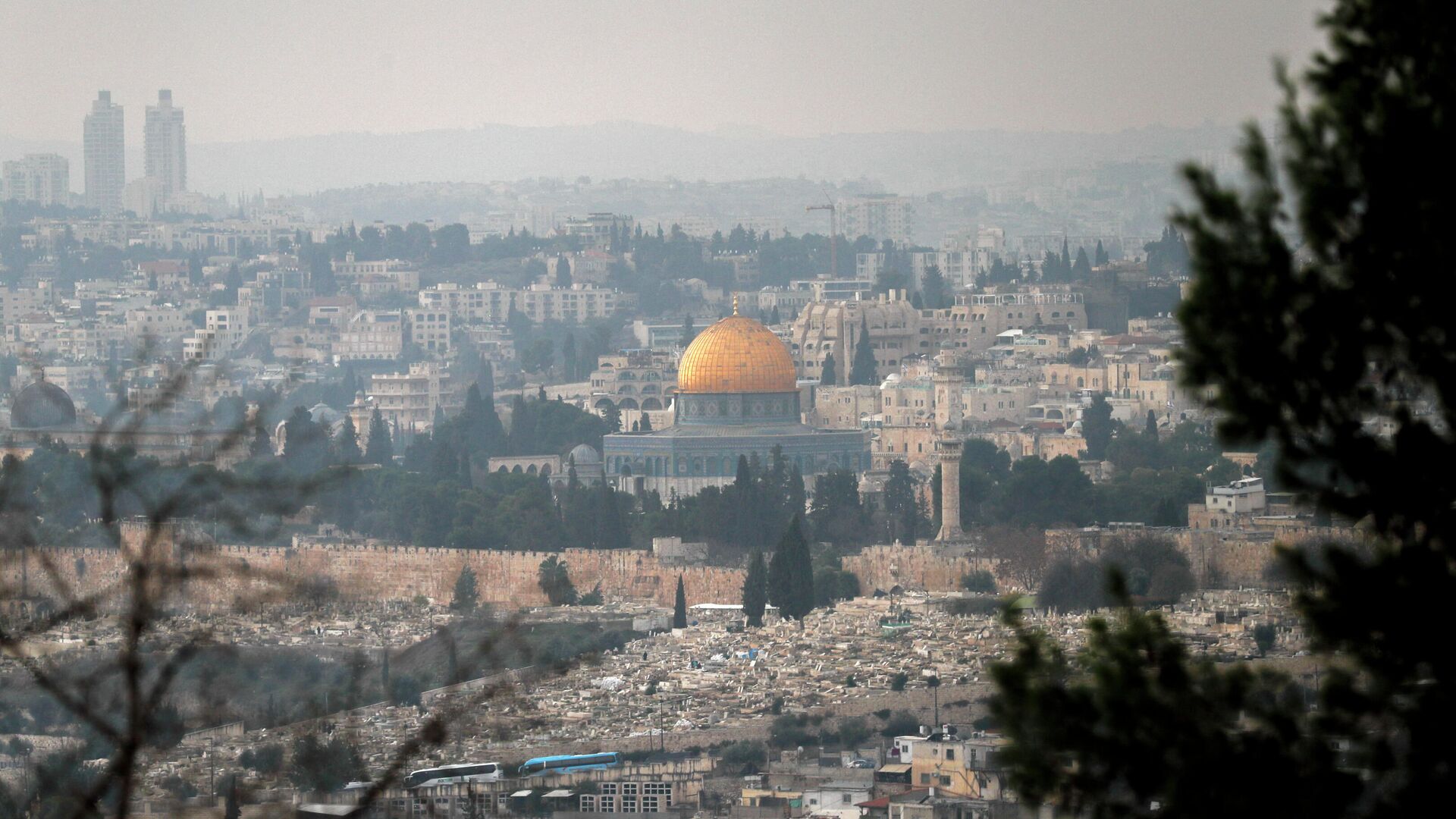Is Israel Prepared for a Devastating Quake? Not Enough, Says Seismologist
16:47 GMT 24.01.2022 (Updated: 17:20 GMT 24.01.2022)

© AFP 2023 / AHMAD GHARABLI
Subscribe
Over the years, Israel has invested in several projects intended to protect the country. Such was the case with the construction of bomb shelters in every new apartment block, the Tama 38 initiative that encouraged private developers to bolster the foundations of old buildings and the quake alert system.
An earthquake measuring 3.5 shook Israel on Sunday, forcing many people in the north of the country into the streets.
The epicentre of the quake was 16 kilometers away from the city of Tiberias and it occurred just hours after a 3.7-magnitude earthquake hit Israel on Saturday night.
Although no damage was reported, the incidents caused experts to consider the prospect of a major quake hitting the nation.
Probable Scenario?
A devastating quake occurs in Israel once a century, according to Dr Ittai Kurzon, a seismologist at the Geological Survey of Israel - a public sector organisation responsible for advising the government on all geoscientific issues.
"We know of devastating earthquakes that occurred here in 1202 and earlier. We have historical documents that tell us about the collapse of mosques and buildings. More recently, we know about the 1927 quake that probably originated from the north of the Dead Sea."
That earthquake has been considered the most devastating the area has seen in recent years. With a magnitude of 6.2 on the Richter scale, it killed 300 people. Hundreds of others were wounded and a plethora of buildings were destroyed.
Is Israel Ready for a Quake?
A similarly destructive quake might occur in Israel again and this is the reason, Kurzon says, his country is getting ready for it.
"It was some 20 years ago that Israel realised it needed to prepare itself for a potentially devastating earthquake, and it started taking measures in this regard," he explained.
One such measure was to build bomb shelters in every new block of flats that was built. Those are normally made of iron that's more flexible and doesn't break in the event of a quake.
Another solution that was found was the so-called Tama 38 project. It was passed as a law in 2005 and the idea was that residents of old buildings would allow private contractors to build extra apartments on their rooftop in exchange for strengthening the foundations of their residence, something that would protect them against earthquakes.
But in reality the ambitious project has faced numerous challenges, the main one being to encourage private contractors to invest in the periphery, home to millions of old residential buildings.
For construction companies, investing millions of dollars in areas with low purchasing power didn't make any sense, and that left people in the surrounding neighbourhoods more exposed to the dangers of nature.
"There are many towns and cities in Israel that sit in the vicinity of the Dead Sea Fault, such as Safed, Tiberias and many others. If anything happens, they will be the first in line to be damaged."
Quake Alert System
To avoid that, in the past decade Israel has started investing in yet another project -- an earthquake early warning system that has been successfully working in Japan since 2007.
The way it works is that the system recognises the first waves of the earthquake and sends an alert to relevant bodies, while the most devastating tremors are still on their way. The system is automatic, and is becoming operational, connecting to the distribution capabilities of the Home Front Command of the IDF, similar to the rocket alert. Once that alert is issued, the public is instructed to evacuate but their success in doing so will largely depend on the proximity to the epicentre of the quake.
The project has already cost Israel some $13 million and will become operational on 1 March but Kurzon says it is far from being enough to protect the country.
"In Japan they did both: they have been using this system and they have also been bolstering the foundations of their buildings. Over there, it is easy to convince the taxpayers that both these measures are needed, as the threat of earthquakes is imminent".
"In Israel, however, we have other challenges, such as the tunnels of Hamas, so the sense of urgency here is different, and we need to make tough decisions on where to direct our money."
Kurzon is not optimistic that this policy will change soon but he says Israel still has the ability to salvage the situation.
"We need to invest more in the periphery and strengthen their structures. We need to encourage private developers to do so, and we need to train more engineers, who specialise in earthquakes, something that we are lacking at the moment. We still have a long way to go".


